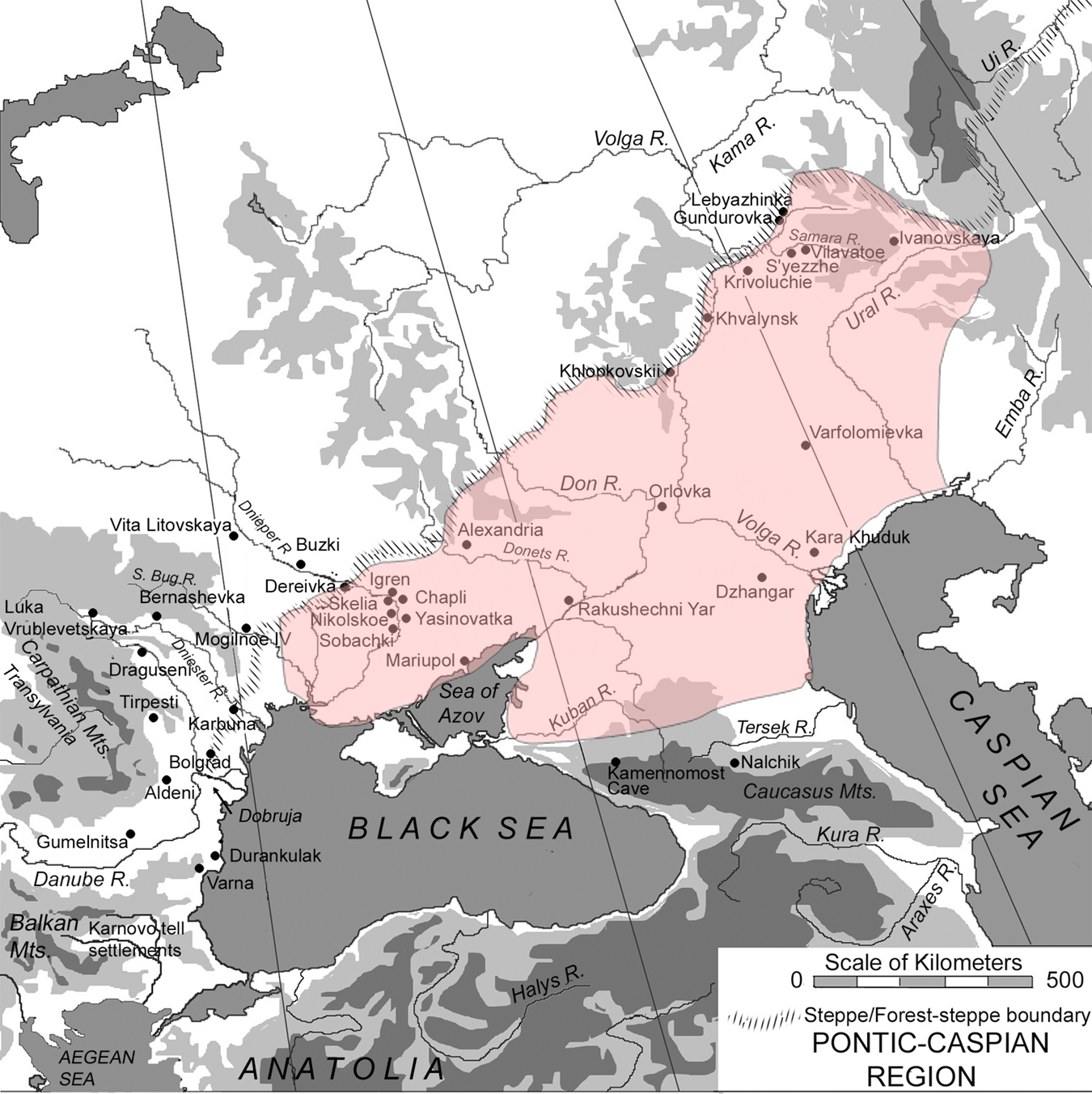This paper confirms what I wrote about the
Proto-Armenians migrating to Anatolia c. 1200 BCE. They were the last major invaders to settle in Armenia, which explains why Armenians are still speakers of an Indo-European language. The other IE speakers in the region, be them Hittites, Lycians, Lydians or Phrygians, all had their language replaced by later conquerors, like the Persians, then the Greeks and Romans, and eventually the Turks, who were the last to impose their language in Anatolia to this day.
The paper mentions first signs of outside admixture between 3000 and 2000 BCE. This corresponds to the first invasions from the Yamna/Maykop and Catacomb cultures, but perhaps also indirectly from the Indo-Iranian peoples from Southern Central Asia (e.g. the Mitani).
I have analysed R1a and R1b subclades in Armenia
here. I still believe that the Mitani or a related Indo-Aryan or Indo-Iranian tribe brought R1a-Z93 to Armenia. I proposed in 2013 that R1a-Z282 could have been brought by the Cimmerians. However there are other possibilities. I checked again the
Armenian DNA Project and most members have had their deep Y-DNA subclades tested, which is amazing and very informative. What struck me is that the R1a-Z282 members are either Z282* or Z280*, which means they bifurcated from the Yamna or Corded Ware population quite early, during the Early Bronze Age. That does not concord with a Cimmerian origin in the Iron Age.
If Z282* or Z280* are also present in most of Anatolia, then we could very well imagine that the Hittites belonged to that clade. Unfortunately the Turkey DNA Project has 4x less members than the Armenian one, and few people tested for deep clades, which renders it useless to confirm this hypothesis.
I would have thought that the Hittites belonged to R1b-M269* or L23*, but linguistics indicate that they split from the IE core c. 4000 BCE, 500 years before Yamna, they could very well have been a primarily R1a tribe pushed out by the arrival of R1b in the Pontic Steppe. They would have wreaked havoc the eastern Balkans(
destruction of the Gumelnița–Karanovo and other cultures of Old Europe) from 4200 BCE onwards, and may have remained in the Balkans until the 3rd millennium BCE. They would then have moved across Anatolia as far as Armenia, spreading Z282* and Z280* lineages around. In the Balkans, the Serbs seem to have inherited quite a lot of Z280*, which may also date from the initial Proto-Hittite invasion from 4200 BCE.


